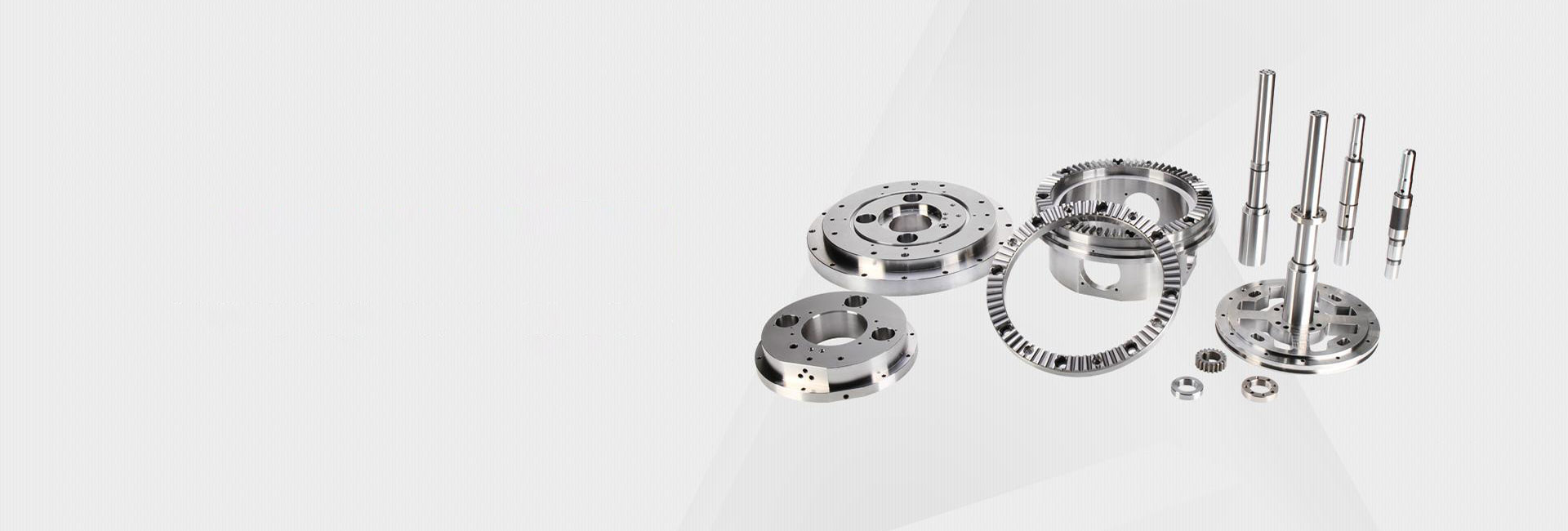What Are the Most Cost-Effective CNC Machining Methods for Hardware Parts?
Hey there! If you're sourcing hardware parts, you've probably noticed how CNC machining quotes can vary wildly. One supplier charges $50 per part, another asks for $80 – but why? 🤔 As someone who's been in manufacturing for over a decade, I've discovered that the secret isn't just about finding the cheapest vendor, but understanding which machining approach fits your specific needs. Let me break this down for you.
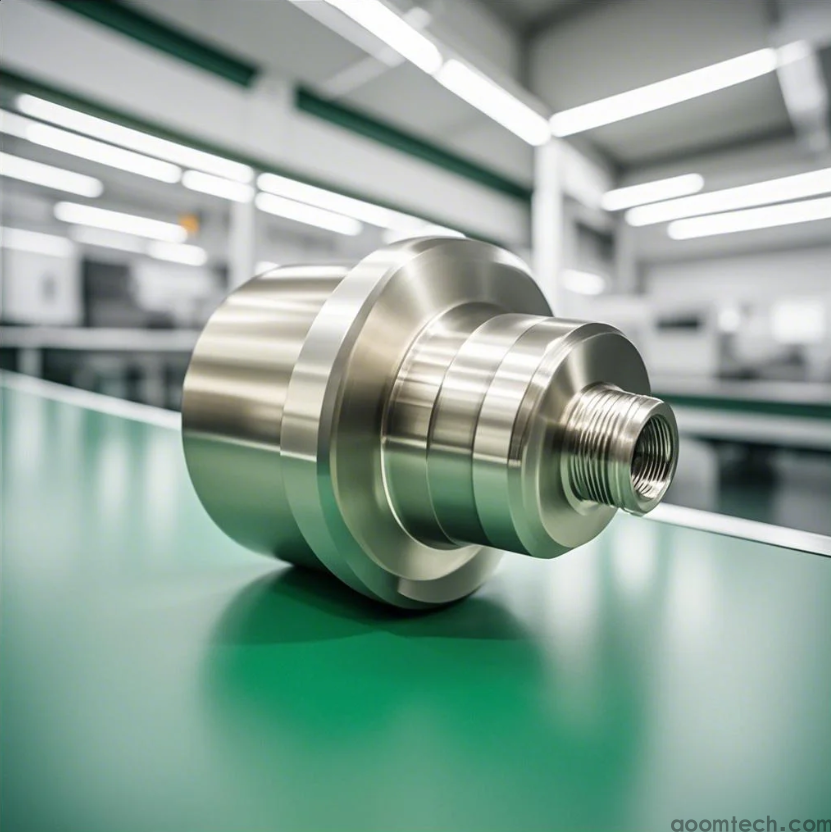
Why Does CNC Machining Cost So Much Sometimes?
Many engineers assume all CNC machining follows the same process, but that's where budgets get blown. I've seen companies overspend by 30-40% simply because they didn't match the manufacturing method to their part's complexity.
◉ Material waste: Traditional milling might remove 60% of your raw material
◉ Machine time: Complex parts requiring multiple setups = higher costs
◉ Tolerance traps: Requesting aerospace precision for decorative parts? That's like using a Ferrari to buy groceries
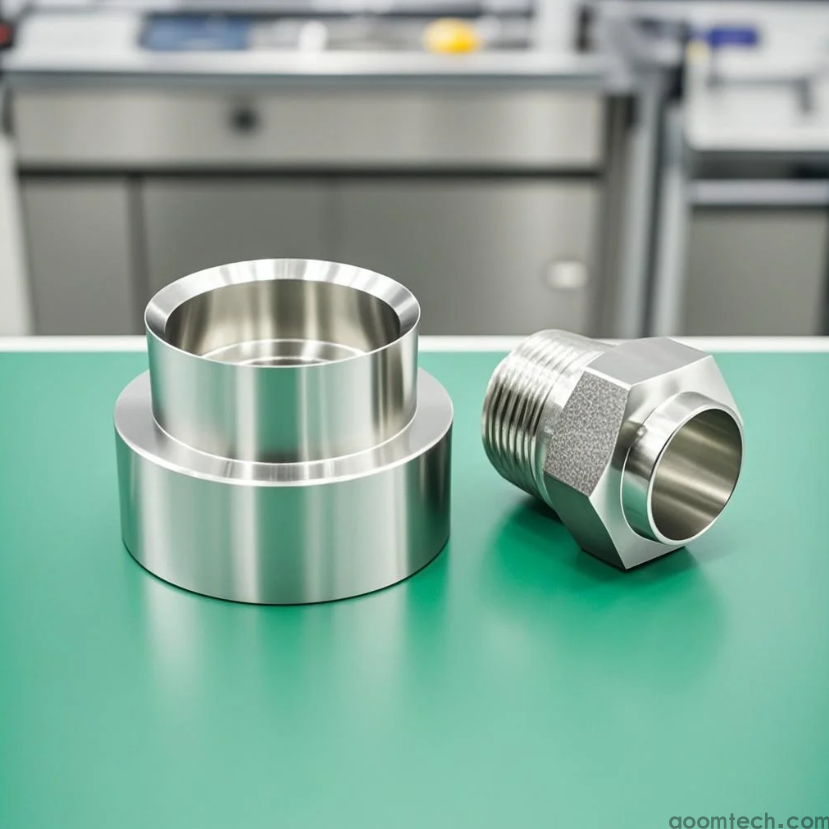
The Hidden Gem: Multi-Axis Machining for Complex Parts
Here's where things get interesting. While 3-axis machines work fine for simple brackets, multi-axis setups actually become more economical for intricate components. Last quarter, we redesigned a sensor housing using 5-axis machining – production time dropped from 8 hours to 2.5 hours per part.
◉ Reduced handling: Single setup means less manual intervention
◉ Complex geometries in one go: No need for multiple fixtures
◉ Better surface finish: Fewer witness marks from repositioning
Though to be fair, the programming time is longer initially. But for batches over 50 units? The math always works in your favor.
Material Selection: The Silent Budget Killer
We all want durable parts, but I've watched too many projects bleed money from material choices. Aluminum 6061 machines beautifully, but sometimes aluminum 7075 creates tool wear that doubles your cost. And don't get me started on stainless steel – it might seem like a small price difference until you factor in tool replacement and extended machining time.
◉ Machinability ratings matter: 20% more for easier-to-machine material can save 35% in production time
◉ Consider post-processing: Some materials require additional treatments that add cost
◉ Standard sizes exist for a reason: Custom material sizes can increase your raw material cost by 50%

The Prototyping Mistake Everyone Makes
This might surprise you, but sometimes it's cheaper to produce prototypes using different methods than your final production. I worked with an automotive client who insisted on CNC for 5 prototype units – they spent $12,000. When we switched to 3D printing for prototyping (then CNC for production), their development costs dropped by 68%.
◉ Match method to purpose: Functional testing vs. visual prototypes
◉ Quantity breaks: CNC becomes more economical around 20-30 units
◉ Iteration speed: Sometimes faster iterations beat perfect accuracy
That said, there's no one-size-fits-all answer here. The right approach depends heavily on your specific application and quality requirements.
My Personal Rule for Cost-Effective CNC
After years of trial and error, I've developed what I call the "30% rule": if your CNC quote seems more than 30% higher than expected, there's usually one of three issues – overly tight tolerances, inefficient part orientation, or suboptimal toolpath strategy. Question these elements, and you'll typically find your savings.
From my experience, the most successful projects combine smart design with manufacturing awareness. It's not about finding the cheapest supplier, but finding the most efficient manufacturing partnership.
Still unsure which approach makes sense for your specific hardware parts? Our technical team can provide a free manufacturing analysis – we'll identify the most cost-effective CNC strategy for your project. 🛠️
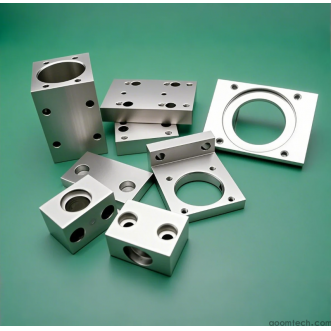 How is the price calculated fo
How is the price calculated fo
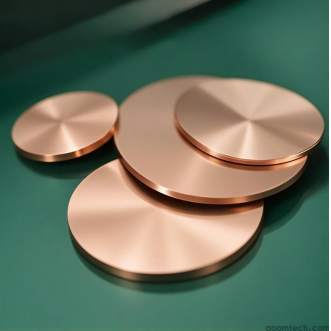 How Does a High-Precision CNC
How Does a High-Precision CNC
 What Factors Affect CNC Machin
What Factors Affect CNC Machin
 How to Choose a Supplier for C
How to Choose a Supplier for C


